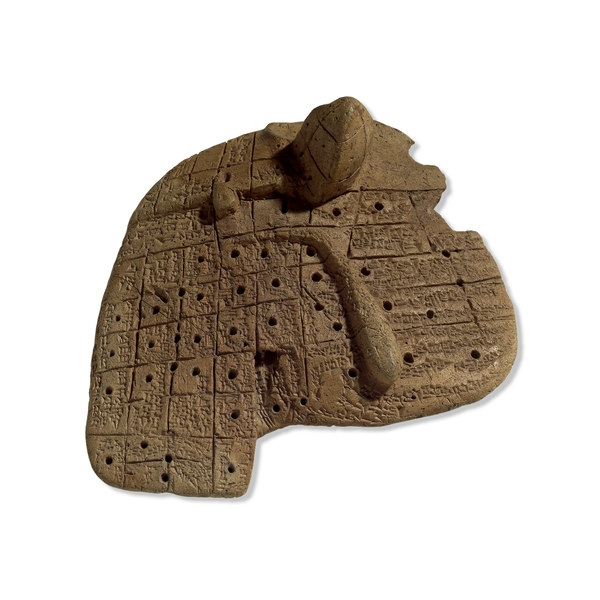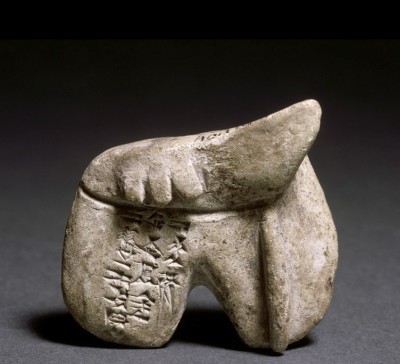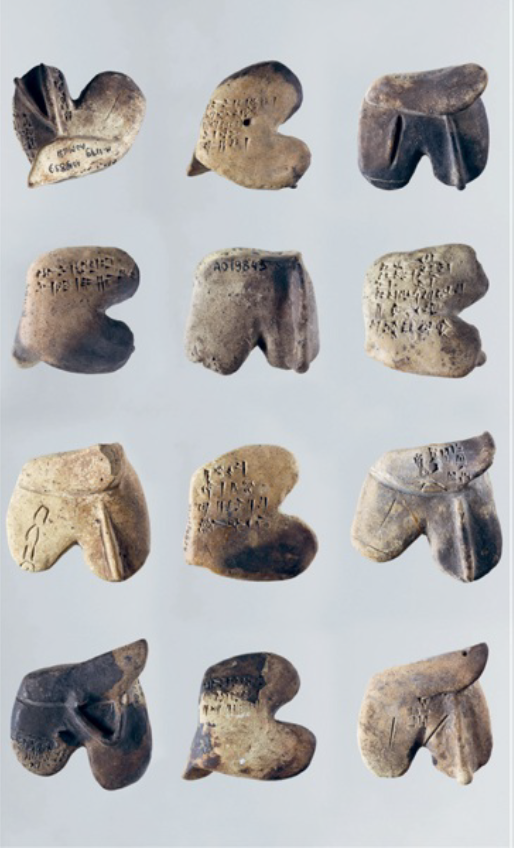Sheep’s Liver as Written Artifact and the Oracle Lore
2024–2025
RFC12

In Ancient Babylonia, the inner parts of the sacrificial sheep were considered to be a medium through which the gods conveyed their divine messages to the human sphere. Well educated scholars knew how to formulate an oracle-question, presented it to the relevant gods and obtain their god’s answer by examining the different formations and features on the entrails of a sheep’s carcass. Especially the liver was considered to be an artifact on which the gods wrote their answer and was hence called by the ancient sources “the tablet of the gods”. Like a clay tablet, the common form of documentation at the time, also the liver carried signs, which were equated to cuneiform signs, adding up to a written message, which contained the decision of the Sun-god on the matter of the oracle. For this reason, experts in the oracle lore also produced liver models made of clay, which allowed the division of the liver into zones for analytic purposes, allowing to study how to read the features appearing on the different parts of the liver as a text. In addition to that, students and experts in extispicy also wrote their learned remarks on these clay models, which in these cases, turned the models into a written artifact perse. The signs on the clay, just like the features detected on organs of carcasses, had an important aspect of language polyvalency, since the cuneiform sign has, more often than not, more than one value in the different languages of the Ancient Near East.


This project hence aims at studying how the inner parts of the sacrificial animals were perceived, and then studied, as a document. This ancient perception of the inner organs of the sacrificial animal offers new light on what can be perceived as a written document by ancient societies and on the kind of materials that can potentially contain written signs and hold a divine message. This perception of biological materials as a medium, calls for a deeper investigation of the subject, as it can offer new light on the nature of what a written document can consist of and on the materials from which it can be fabricated. This study hence intends to offer a comprehensive survey and study of the sources that point, explain and allude to this relation liver/written artifact and to examine how this type of artifact was interpreted in different regions and social context. Since extispicy was considered in the Ancient Near East as one of the branches of higher knowledge, this project also aims at offering new insights as for the role of this type of written document in the history of the study and transmission of this branch of ancient Babylonian science, also beyond the Ancient Near East.
People
Project lead: Netanel Anor
